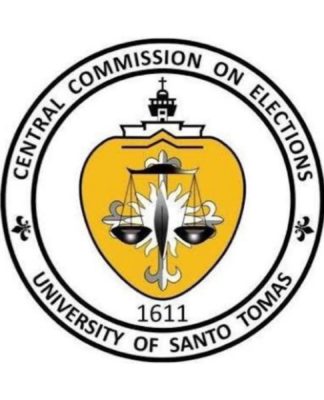 FOR FOUR years in college, I braved and passed through the streets of Metro Manila. Not that I have the gravest commuting route, but taking two jeepneys and two train lines each day, I get a decent view and feel of the poor conditions of public transportation.
FOR FOUR years in college, I braved and passed through the streets of Metro Manila. Not that I have the gravest commuting route, but taking two jeepneys and two train lines each day, I get a decent view and feel of the poor conditions of public transportation.
Metro Manila has a population of 11.6 million, 74 percent of them commuting. This means 5.7 million Filipinos are out on the road every day, and half a million could be on the same train as you.
I dread rush hours, as the majority probably do; an hour’s travel time could stretch to three, if you take the public utility vehicles. Jeepneys and buses, among others, clog up the streets of Manila. We bathe in our sweat in over-crowded vehicles and become subjected to pollution while we helplessly wait in traffic.
In Taft, even when the stoplight turns red, we sometimes can’t cross streets because PUV’s speed their way to beat the red light. Worse, there aren’t traffic officers to regulate the situation.
Trains on the other hand are jam-packed during rush hours. As we know, Edsa is one of the major highways in Metro Manila and ironically, the MRT that stretches through it, is the narrowest train line. The LRT-1 on the other hand, is jam-packed during rush hour too but is spacious than the MRT. Just the same.
And what else makes all of these worse? The commuters’ behavior.
I don’t think there is ever a day I commuted without experiencing or seeing some rudeness or inconsideration from another commuter. I get pushed upon entering the train, some same-aged boy won’t give me (or an older lady) a seat, someone cuts the line in front me, someone in front of me in the jeepney pretends to be deaf so he won’t pass my fare, etc. All of this, they add up to the inevitable stresses of commuting.
Other countries have better transportation systems and more disciplined citizens? We have to put hard work onto it for change to actualize.
The problem in commuting in Metro Manila reflects on ineffective governance.
Government should invest more on public transportation. Not just the extension of train lines per se, but the construction of bigger and better trains and the addition of more train cars to accommodate the increasing number of ridership.
Transportation companies on the other hand should start paying more attention to making trips better for the riders too. They should launch advocacy campaigns for proper commuter etiquette. Reminding the people is only step one. If transportation companies invest on these advocacy campaigns, strategically and creatively, and if they can be consistent to advocate this forever, in the long run they can make the commuter behavior problem better.
Passengers also should not make the transportation vehicles’ conditions worse by littering, vandalizing, or even destroying its parts. Mostly, we should start to act more considerate in public, and always consciously keep in mind the golden rule: “do not do unto others what you do not want others to do unto you.” At the end of the day, in spite of all commute’s stresses and hassles, maybe a nice stranger could make the ride worth the while.
















